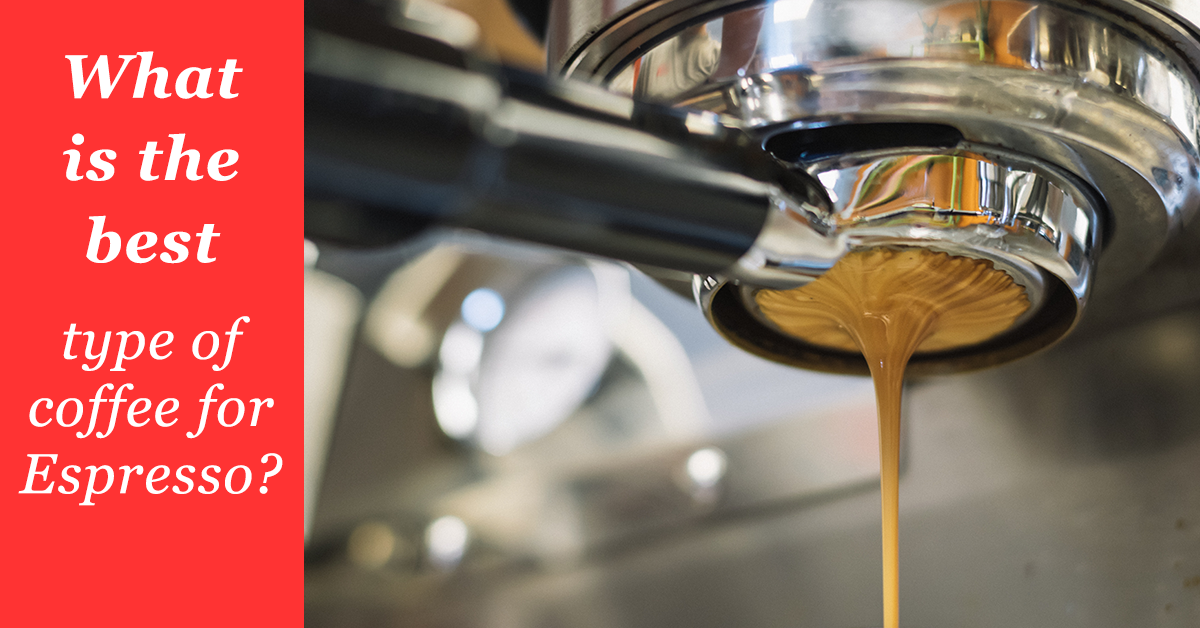
What is the best type of coffee for Espresso?
There are several misconceptions when it comes to the coffee beans used to create an espresso.
The first misconception is that espresso is a particular type of bean grown in a particular country. In fact, espresso can be made using virtually any type of coffee bean from any country – Sumatra, Kona, Kenya, or a blend of beans from different countries like our own Classic Italian Blend, which is composed of Arabica beans from Brazil and Ethiopia. Coffee beans can be roasted in a variety of ways to create different tastes, so beans from any country can be roasted to suit the strong and intense espresso style.
The second misconception is that espresso is a type of roast. Bags of beans labelled “Espresso Roast” only means that the beans are more than likely a dark roast. Dark roasted coffees can make great espresso and might bring out flavours of chocolate, burnt sugar, and tobacco which are commonly associated with espresso. Coffee producers will often call these “Dark”, “French” or “Espresso” roasts.
The term “Espresso” is actually a specific process for making a strong coffee. Espresso is made by forcing hot water through a compact puck of finely ground coffee that creates an intense tasting shot. These shots will contain up to 12% of actual dissolved coffee solids, whereas a cup of brewed coffee through a filtered method will contain less than 2% of these dissolved coffee solids. Since our taste buds detect extremely small changes in the strength of coffee, it’s not surprising that the perceived flavour of an espresso is 10x stronger than a drip coffee.
What coffee roasters are looking for when they create a roast for an espresso is the perfect balance between high levels of sweetness and low levels of acidity. Too much acidity in a drip coffee can leave your mouth bursting with fruit, flavour, and brightness, but too much acidity in espresso can turn the taste sour.
To find the right kind of roast for your espresso, follow these tips:
- Whether a blend or a single origin coffee, look at the tasting notes to decide if it will work as an espresso. Beans that are described as balanced and creamy, or have tasting notes of chocolate, caramel, burnt sugar, nuttiness, or even dark cherry or dried fruits, will all be tasty by themselves or a pleasant addition to milk.
- Any roast can be used in your espresso machine. If you enjoy espresso without any added milk or sugar, don’t be afraid to try a medium or light roast with brighter tasting notes as opposed to your regular dark roast.
- “Natural” processed coffees (versus washed coffees) are favourable for espresso because they tend to hold on to their natural sweetness.
- Any coffee labelled as “espresso” was roasted with the intention of creating a flavour profile that pairs well with milk. So if you love your at-home lattes, try some of these safe-bet roasts.
- And finally, whether grinding beans yourself or buying pre-ground coffee, make sure the grind is as fine as possible. The finer the grind, the more likely the maximum amount of flavour will be extracted in the short time that the water is in contact with the coffee in the espresso making process.


